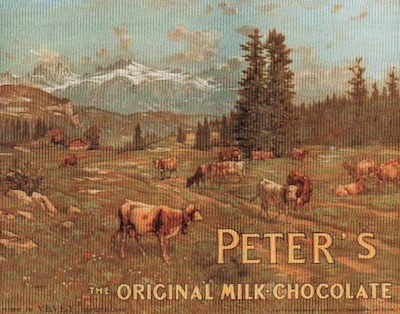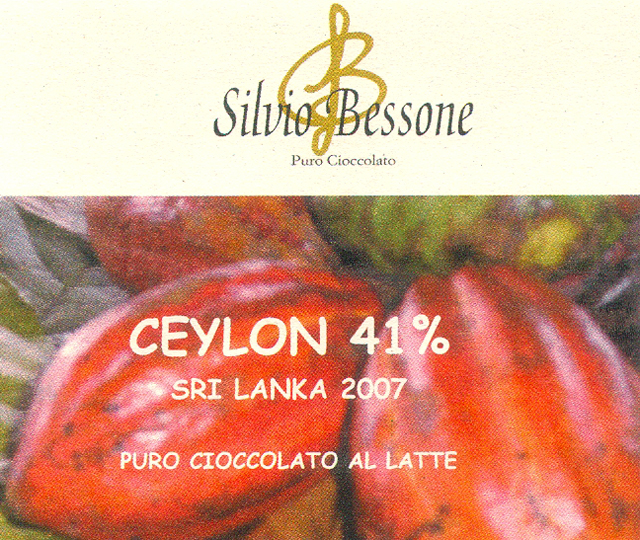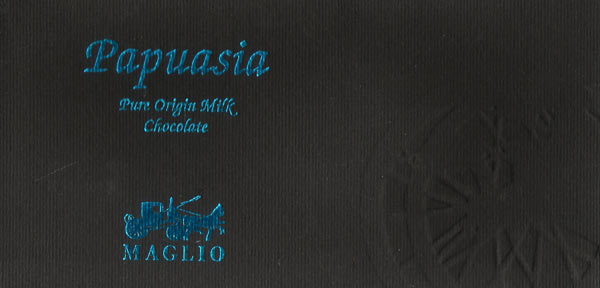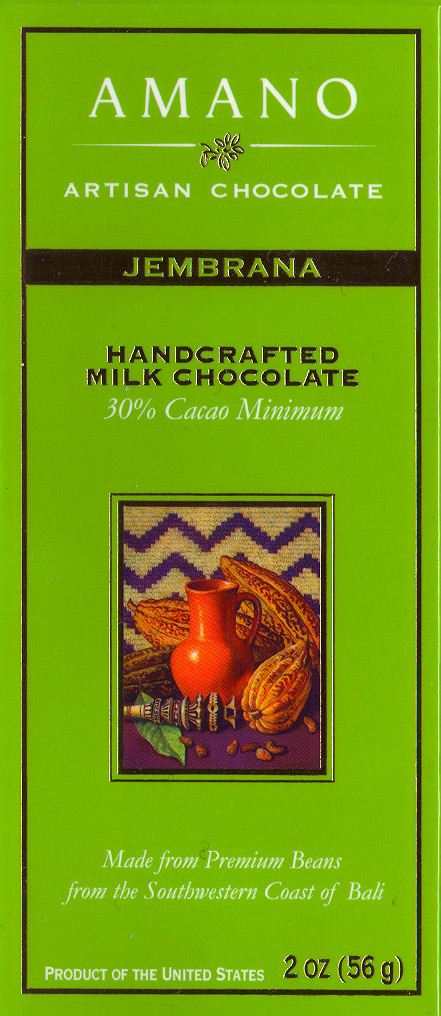The original “2 great tastes in 1” isn’t just kids stuff anymore.
Truth is, Milk Chocolate is more elaborate than Dark Chocolate; & a great Milk Chocolate bar will beat out one of the low-rated Dark Chocolate bars any day. The key to a great Milk Chocolate: preventing milk from overwhelming, or cloying, the chocolate by selecting cacáo beans that can withstand dilution in milk (which rolls the edge off cacao’s bitterness & acidity) while adding creamy taste/lush round texture (milk fat breaks up the crystallization of cocoa butter, making for a softer bar) – all without losing that essential ‘chocolate’ flavor.
Englishman Nicholas Sanders was the 1st to combine milk & chocolate in 1727 but that was in a beverage. It took another 150 years for the Milk Chocolate bar to be concocted, transforming it from something we drink to something we eat, via the “Swiss Trinity” in the anno mirabilis 1879: a) Rudolphe Lindt invented the conching machine which produces silky smooth texture & mellows chocolate’s flavor (he discovered as much by accident when his assistant left the machine running all night); b) chemist Henri Nestlé patented condensed powdered milk (a major improvement over whole milk or cream for chocolate-making); & c) candle-maker Daniel Peter put it all – chocolate, milk, & solid form – together.

The type of milk powder as much as the type of cacáo used in the manufacture of Milk Chocolate creates different flavor profiles. Options include –
- Spray-dried Whole Milk: the majority of Milk Chocolate employs this; milk atomized into a low-pressure dry-container loses moisture & becomes powder; tastes very creamy.
- Roller-dried Whole Milk: inefficient process rarely used anymore; milk rolled onto a hot drum where water is boiled out, turning it into a film. During this process, some sugars caramelize in the milk & consequently change the color; nice overall, some cheesiness, with the bonus of free milk fat.
- Sour Milk: in a process called lipolysis, the lipase enzyme breaks down milk fats into free fatty acids that decompose, resulting in butyric acid… a rancid or “goaty” taste. Hershey’s, for example, purposefully puts their chocolate through controlled lipolysis, giving it that unique flavor.
- Dried Skim Milk + Anhydrous Milk Fat (AMF): removes fat from milk & separately removes moisture; allows more control over milk fat content in chocolate.
- Milk Crumb: condensed milk, sugar & chocolate liquor, then heating the whole mass in a vacuum oven results in creamier taste & classic caramel notes.
- Cream Powder / Spray-dried Cream: a powder of around 75% milk fat; produces amazingly silky Milk Chocolate; considered the Cadillac of milks
World-class Milk Chocolate possesses natural caramel analogues (produced by heating milk’s resident sugars) that hit the bulls-eye sweet-spot. When done well it’s all very noble in its own right, like velvet & silk together. Next snob-shop that says “Ooooh, I’m so sorry, we never carry Milk Chocolate nor any other starter-chocolate for that matter”, deflect them with one of these –








